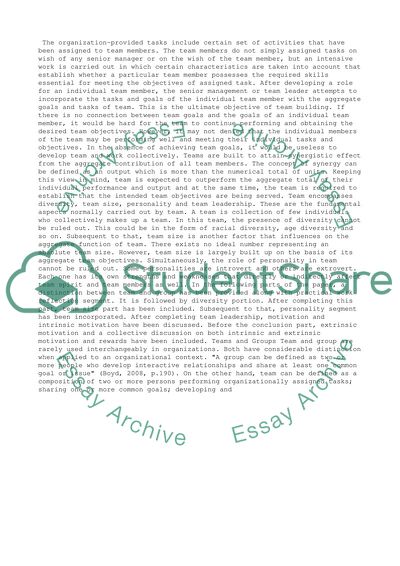Retrieved from https://studentshare.org/management/1454945-4000-words-assignment-choose-one-or-two-of-the-areas-covered-in-the-managing-in-organisations-module-and-critically-analyse-it
https://studentshare.org/management/1454945-4000-words-assignment-choose-one-or-two-of-the-areas-covered-in-the-managing-in-organisations-module-and-critically-analyse-it.


